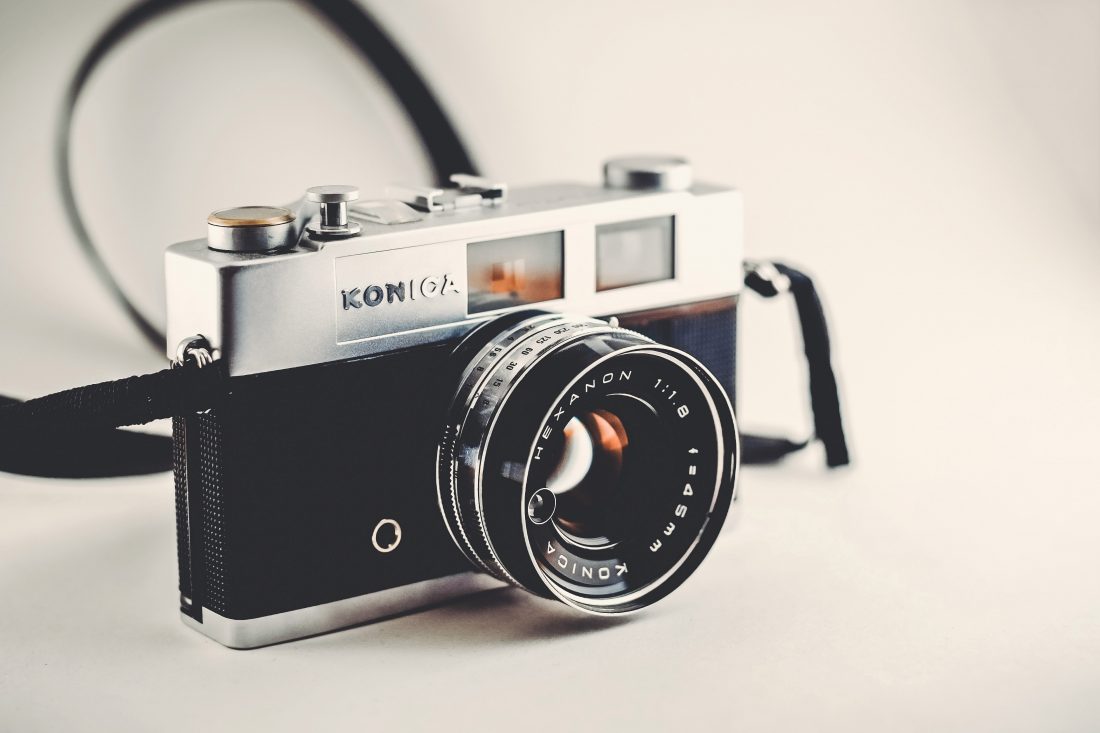
The Minolta Disc 7 Film Camera is a compact, point-and-shoot camera that was produced by the Japanese camera manufacturer, Minolta. It was first released in 1983 and became quite popular due to its simplicity and convenience.
**Features and Specifications**
The Minolta Disc 7 utilized a unique disc-shaped film format, which was a departure from the traditional 35mm film used in most cameras at the time. The disc film had a diameter of 3.5 inches and contained 15 exposures. This format offered a significant advantage in terms of size and portability, making the camera an attractive choice for casual users.
The camera featured a fixed-focus lens, which meant that users didn’t have to worry about manually adjusting the focus for different shooting situations. The lens had a focal length of 12.5mm, providing a wide-angle perspective for capturing landscapes or group shots.
In terms of exposure control, the Minolta Disc 7 had a built-in light meter that automatically set the appropriate shutter speed and aperture. This feature allowed users to simply point and shoot without any complex settings.
**User Experience and Price**
The Minolta Disc 7 was highly regarded for its ease of use and portability. It was a favorite among casual photographers who wanted a simple and hassle-free experience. The auto-exposure system worked well in most lighting conditions and produced decent results.
However, it’s important to note that the image quality of the disc film was not on par with the 35mm film or digital cameras of today. The small negative size and limited resolution resulted in images with less detail and dynamic range.
At the time of its release, the Minolta Disc 7 had a retail price of around $100, which was relatively affordable compared to other cameras in its class. However, due to the discontinuation of the disc film format, the camera is no longer in production, and finding one in good condition might be a challenge.
**Conclusion**
The Minolta Disc 7 Film Camera was a unique and convenient point-and-shoot camera that catered to casual photographers. While its compact design and ease of use were appealing, the limitations of the disc film format affected the overall image quality. Nonetheless, it remains an interesting piece of camera history and a reminder of the evolving technology in the world of photography.
